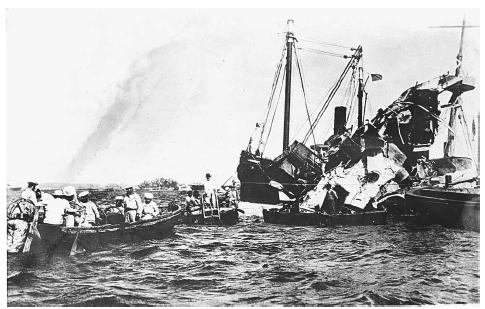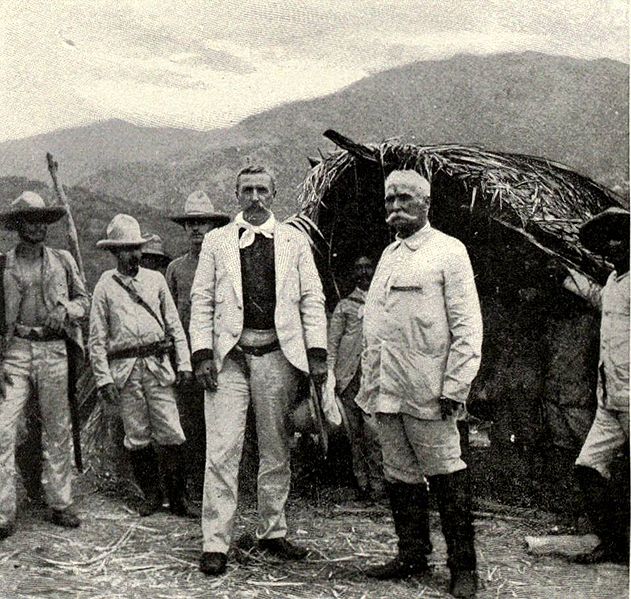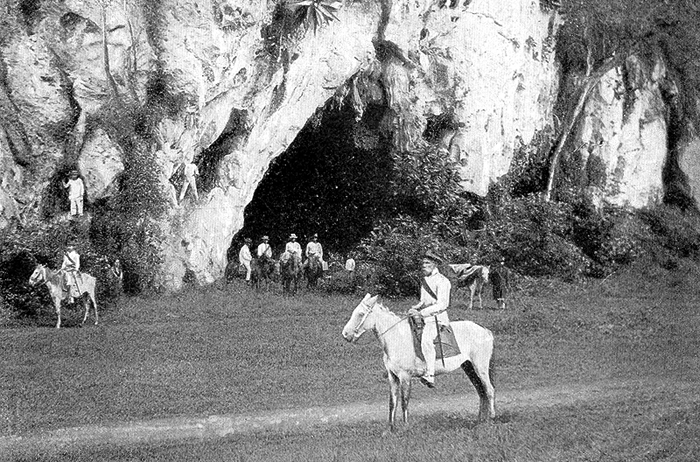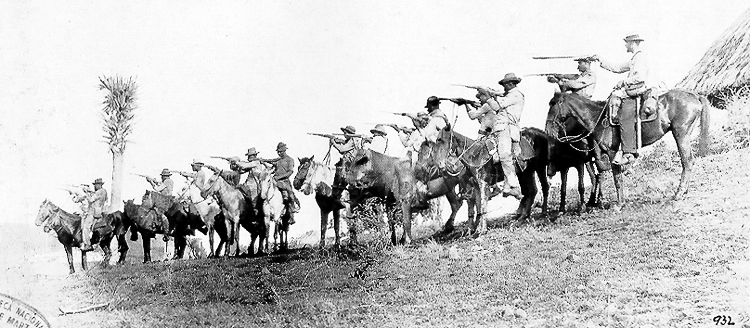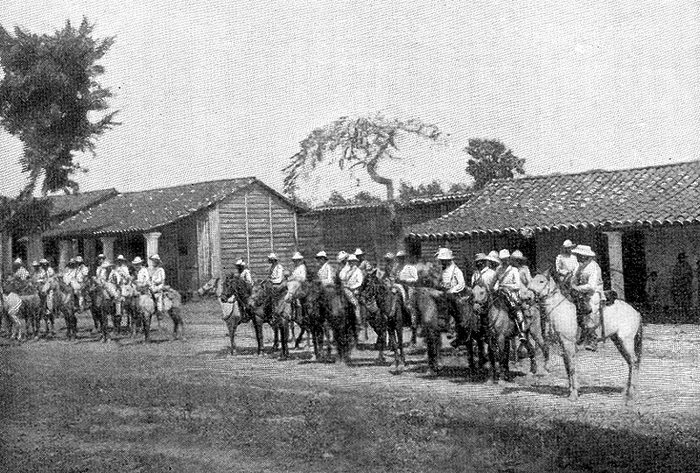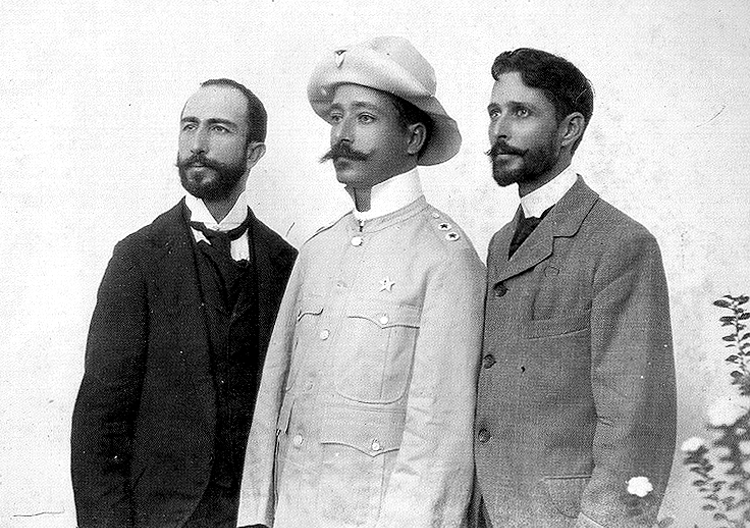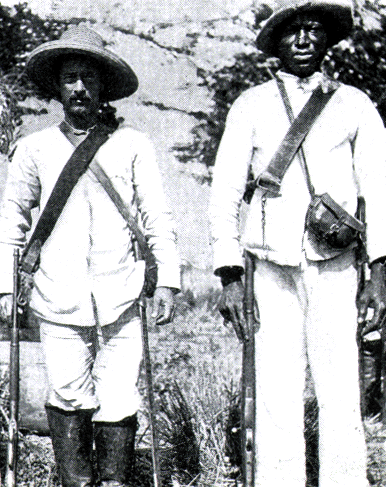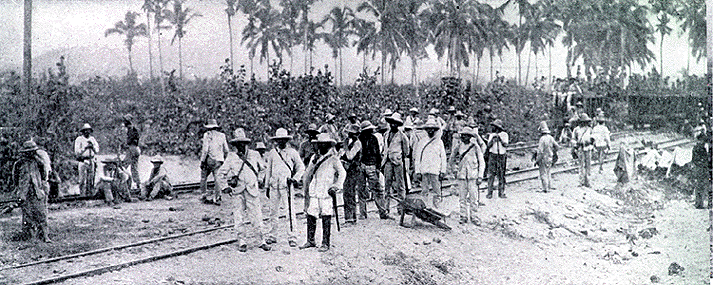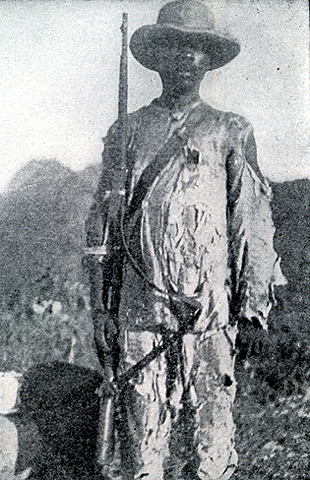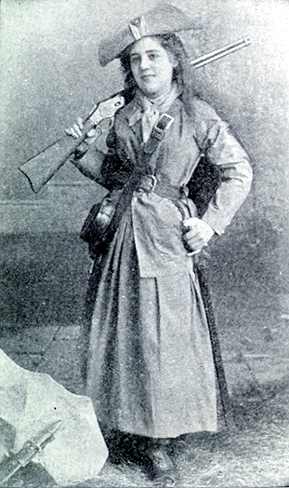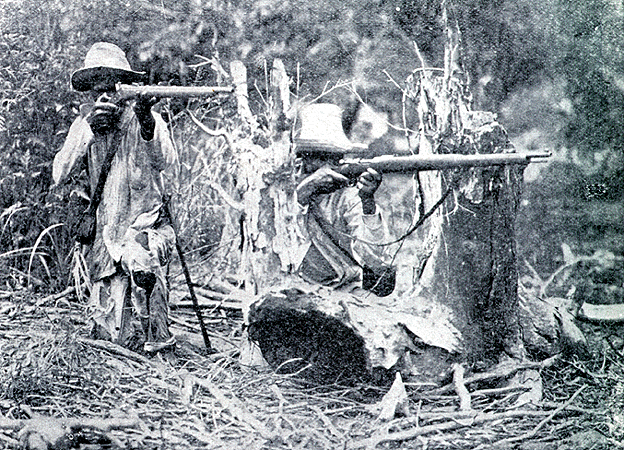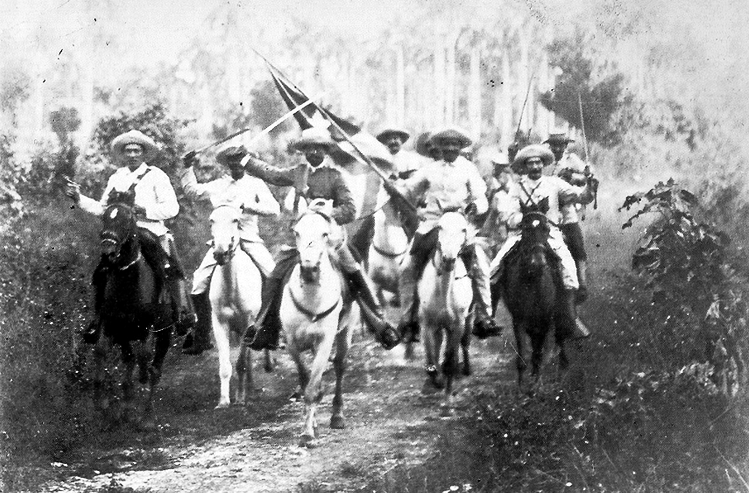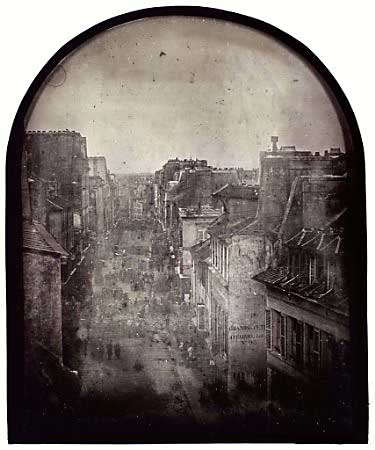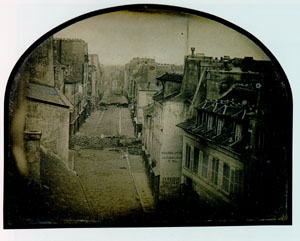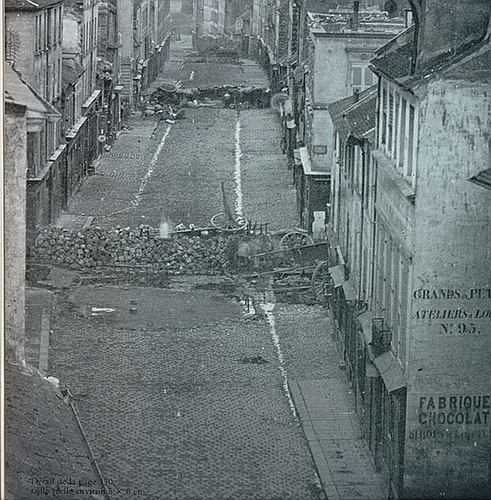American Ships in the Spanish-American War part 1:

The U.S.S. Brooklyn in holiday dress. Admiral Schley's armored cruiser was the principal target of the enemy and was hit often and reported more casualties than any other vessel.

Repair was needed for the battleship U.S.S. Chicago, including replacing the rig and placing new machinery such as a new battery of rapid-firing guns.

In May 1898 the U.S.S. Columbia collided with a British merchant steamer. It was the first serious mishap to befall any vessel of the U.S. Navy after the outbreak of the war.

The U.S.S. Constitution at Charlestown Navy Yard in Boston, Massachusetts. This war ship carries guns on two decks.

Torpedo Boat the U.S.S. Cushing.

The U.S.S. Brooklyn in holiday dress. Admiral Schley's armored cruiser was the principal target of the enemy and was hit often and reported more casualties than any other vessel.

Repair was needed for the battleship U.S.S. Chicago, including replacing the rig and placing new machinery such as a new battery of rapid-firing guns.

In May 1898 the U.S.S. Columbia collided with a British merchant steamer. It was the first serious mishap to befall any vessel of the U.S. Navy after the outbreak of the war.

The U.S.S. Constitution at Charlestown Navy Yard in Boston, Massachusetts. This war ship carries guns on two decks.

Torpedo Boat the U.S.S. Cushing.














